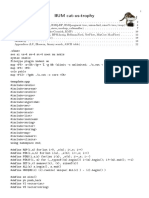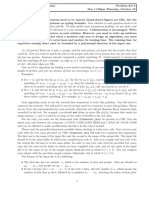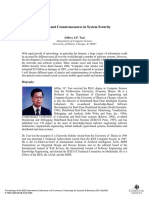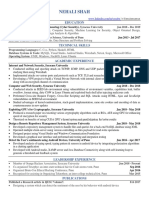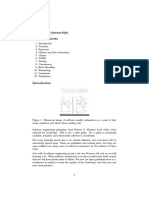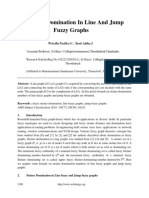0% found this document useful (0 votes)
30 views46 pagesSolution
The document provides a debriefing of a contest involving 57 teams, detailing their performance on various problems over the first four hours. It includes specific problem descriptions, input/output requirements, and strategies for solving them, such as using Fenwick trees and generating convex hulls. Additionally, it highlights the importance of developing skills for tackling complex algorithmic challenges in competitions.
Uploaded by
phamvannghia03092004Copyright
© © All Rights Reserved
We take content rights seriously. If you suspect this is your content, claim it here.
Available Formats
Download as PDF, TXT or read online on Scribd
0% found this document useful (0 votes)
30 views46 pagesSolution
The document provides a debriefing of a contest involving 57 teams, detailing their performance on various problems over the first four hours. It includes specific problem descriptions, input/output requirements, and strategies for solving them, such as using Fenwick trees and generating convex hulls. Additionally, it highlights the importance of developing skills for tackling complex algorithmic challenges in competitions.
Uploaded by
phamvannghia03092004Copyright
© © All Rights Reserved
We take content rights seriously. If you suspect this is your content, claim it here.
Available Formats
Download as PDF, TXT or read online on Scribd
/ 46








